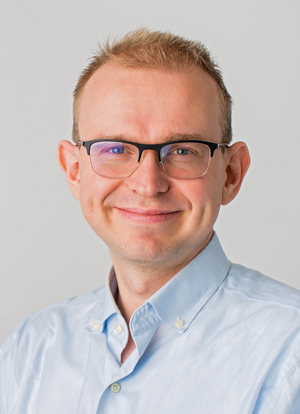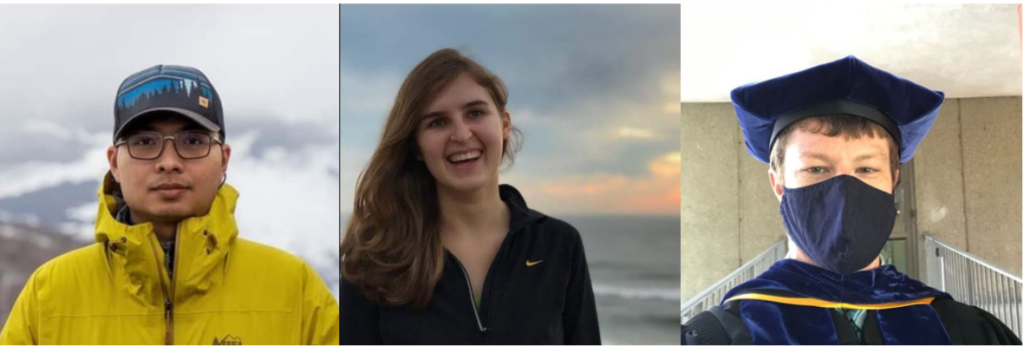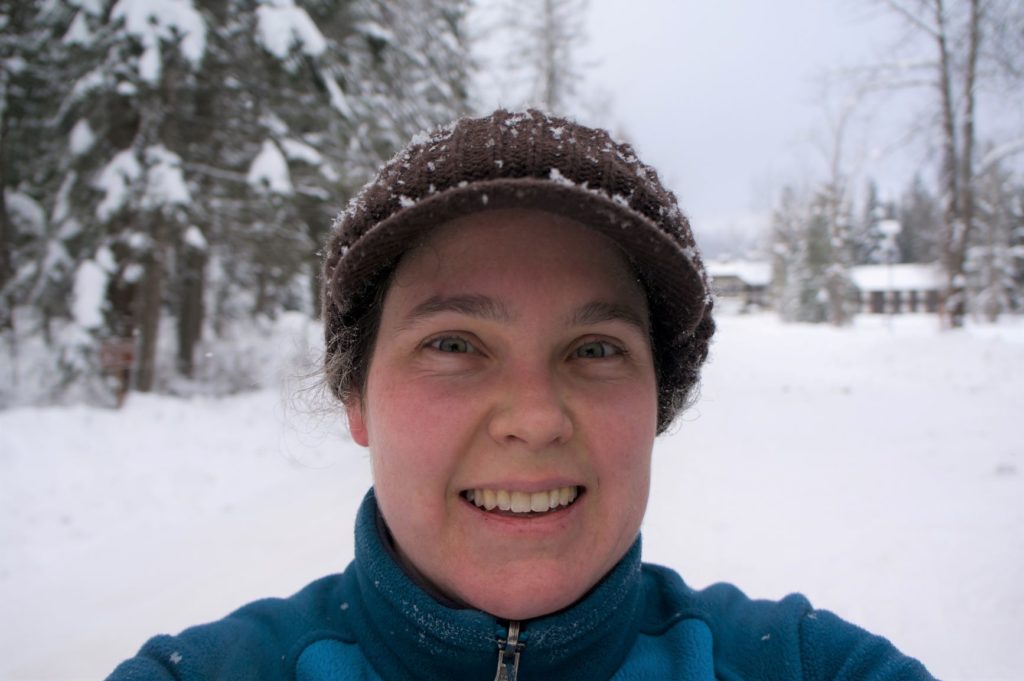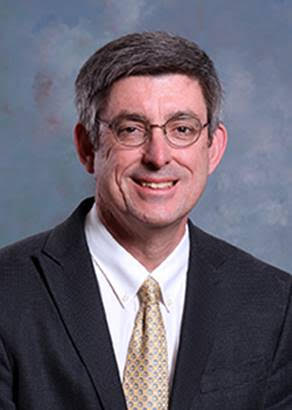Archive for September 2021
Development of CD46 targeted theranostics for imaging and treatment of cancer
SPEAKER: DR. Robert Flavell Associate Professor Section Chief, Molecular Imaging and Therapeutics Radiology and Biomedical Imaging, and Pharmaceutical Chemistry University of California, San Francisco DATE/TIME: FRI, 09/24/2018 – 3:00PM TO 4:00PM LOCATION: 3105 ETCHEVERRY HALL Fall 2021 Colloquium Series Abstract: The development of novel molecular imaging and radionuclide treatments is changing the standard of care…
Read MoreThree UCBNE Alumni Receive NSSC Awards
Three UCBNE Alumni Receive NSSC Awards September 3rd, 2021 From Left to Right: Hi Vo, Kelly Kmak, Mark Straub Three UCBNE alumni have been awarded the 2021 Nuclear Science and Security Consortium’s Awards for Outstanding Publication and Outstanding Thesis. Mark Straub (PhD in Chemistry awarded May 14, 2021) won for Best Reviewed Publication with “Recent…
Read MoreRadWatch & DoseNet: building scientific literacy through a network of radiation and environmental sensors
SPEAKER: Ali Hanks DATE/TIME: FRI, 09/10/2021 – 3:00PM TO 4:00PM LOCATION: 3105 ETCHEVERRY HALL Fall 2021 Colloquium Series Abstract: The 2011 Fukushima Dai-ichi Nuclear Power Plant accident serves as an example of the risks associated with energy technologies and the need to minimize physical as well as psychological effects on local and global communities. We…
Read MoreRadWatch & DoseNet: building scientific literacy through a network of radiation and environmental sensors
SPEAKER: **In-Person only** Ali Hanks Lecturer and Assistant Project Scientist in Nuclear Engineering University of California, Berkeley DATE/TIME: FRI, 09/10/2021 – 3:00PM TO 4:00PM LOCATION: 3105 Etcheverry Hall The 2011 Fukushima Dai-ichi Nuclear Power Plant accident serves as an example of the risks associated with energy technologies and the need to minimize physical as well…
Read MoreNuclear Engineering Opportunities at Los Alamos National Laboratory
SPEAKER: Dr. John Sarrao Deputy Director Los Alamos National Laboratory DATE/TIME: FRI, 09/03/2021 – 3:00PM TO 4:00PM LOCATION: 3105 ETCHEVERRY HALL Fall 2021 Colloquium Series Abstract: Los Alamos’ partnership with UC Berkeley pre-dates the start of the Manhattan Project and continues robustly today. Nevertheless, the National Labs in general, and Los Alamos in particular, are…
Read More


